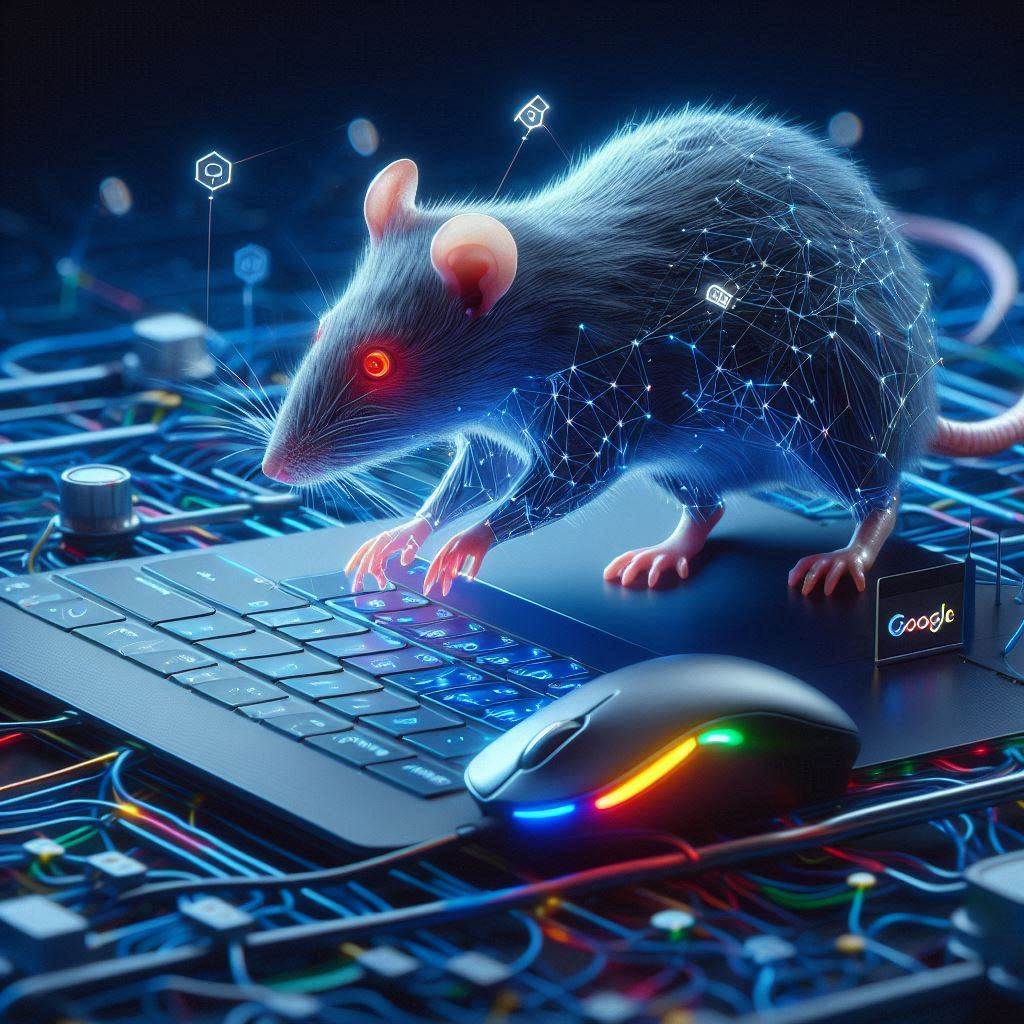
In a groundbreaking collaboration between Google DeepMind and Harvard University, researchers have developed a virtual rat driven by an AI "brain" that mirrors the neurological processes of real rodents. Published in Nature, the study illustrates how the AI-generated neural activity directs virtual movements closely resembling those observed in live rats.
The AI-powered virtual rat, designed using biomechanical realism in a virtual environment called MuJoCo, utilizes deep reinforcement learning techniques. This virtual counterpart replicates the natural motions of a real rat based on recorded movement data.
According to the study, the AI's neural activity patterns remarkably align with those seen in actual rat brains during motion, particularly in regions like the sensorimotor striatum and motor cortex. This synchronization suggests that the AI model effectively simulates the brain's motor control mechanisms.
Harvard professor Bence Ölveczky emphasized the pivotal role of collaboration with DeepMind, acknowledging their expertise in simulating and training neural networks critical to advancing understanding in neuroscience. "We aim to use these virtual rats to explore and refine our insights into how real brains generate complex behaviors," Ölveczky stated.
Diego Aldarondo, a research scientist involved in the project, highlighted the potential of this approach beyond basic movements. He suggested that similar techniques could be applied to model and understand the neural underpinnings of more intricate animal behaviors.
This study represents a significant leap forward in neuroscience, leveraging AI to simulate and interpret brain activity in ways that were previously challenging with traditional methods. As research continues, such advancements promise deeper insights into the fundamental mechanisms of brain function and motor control.